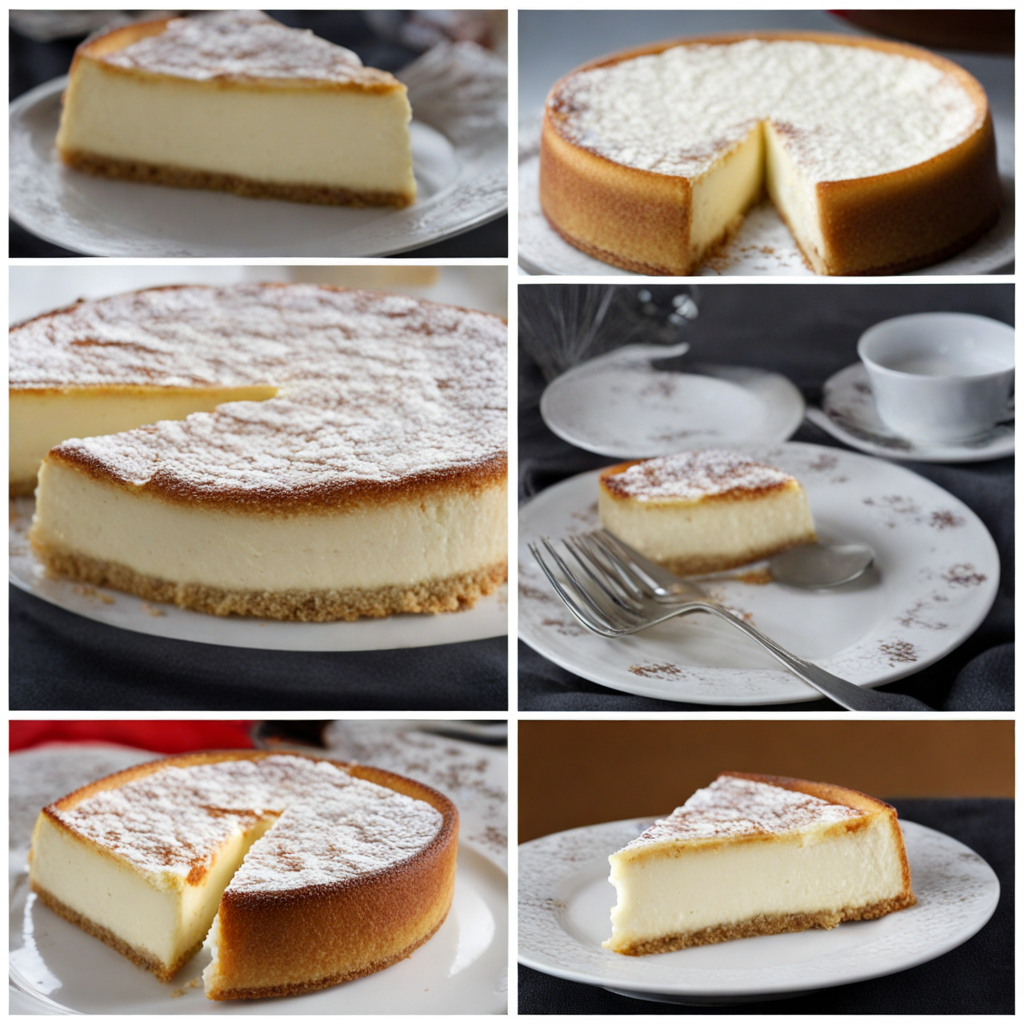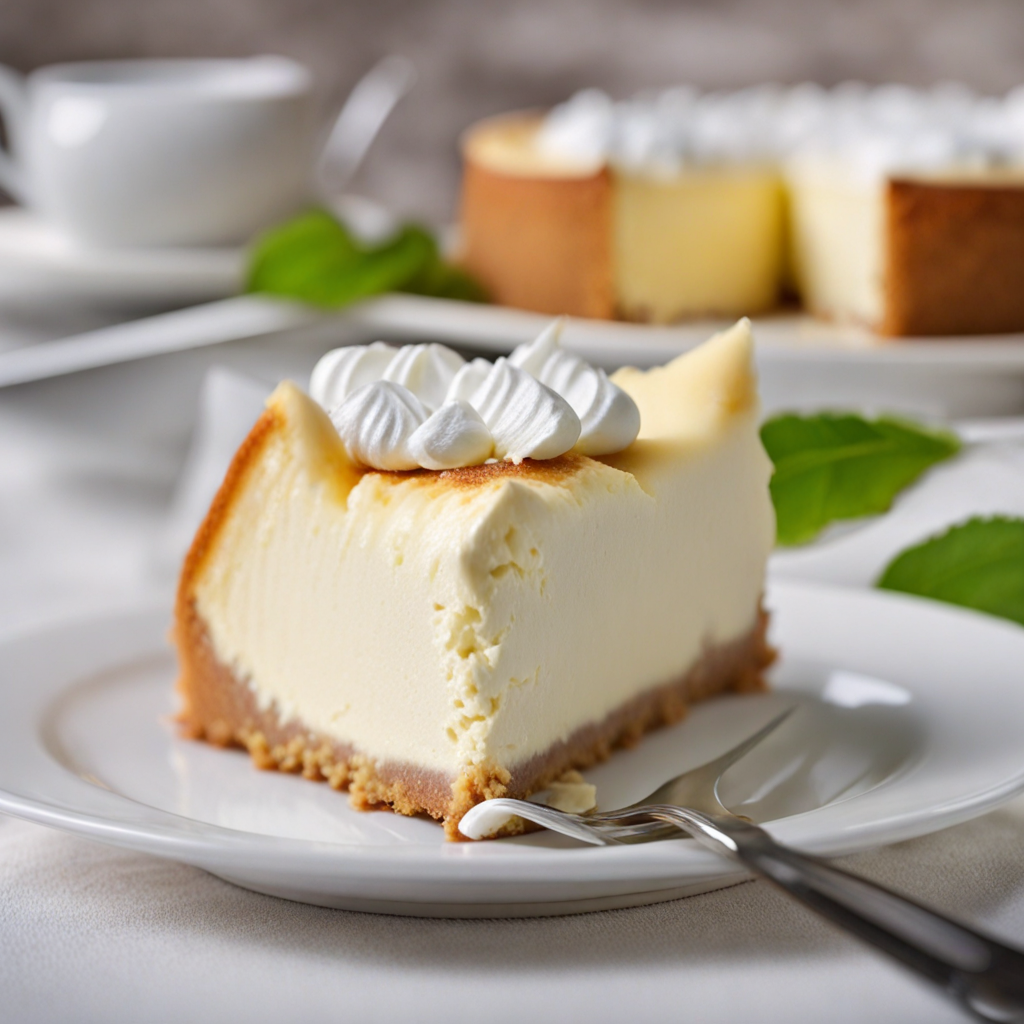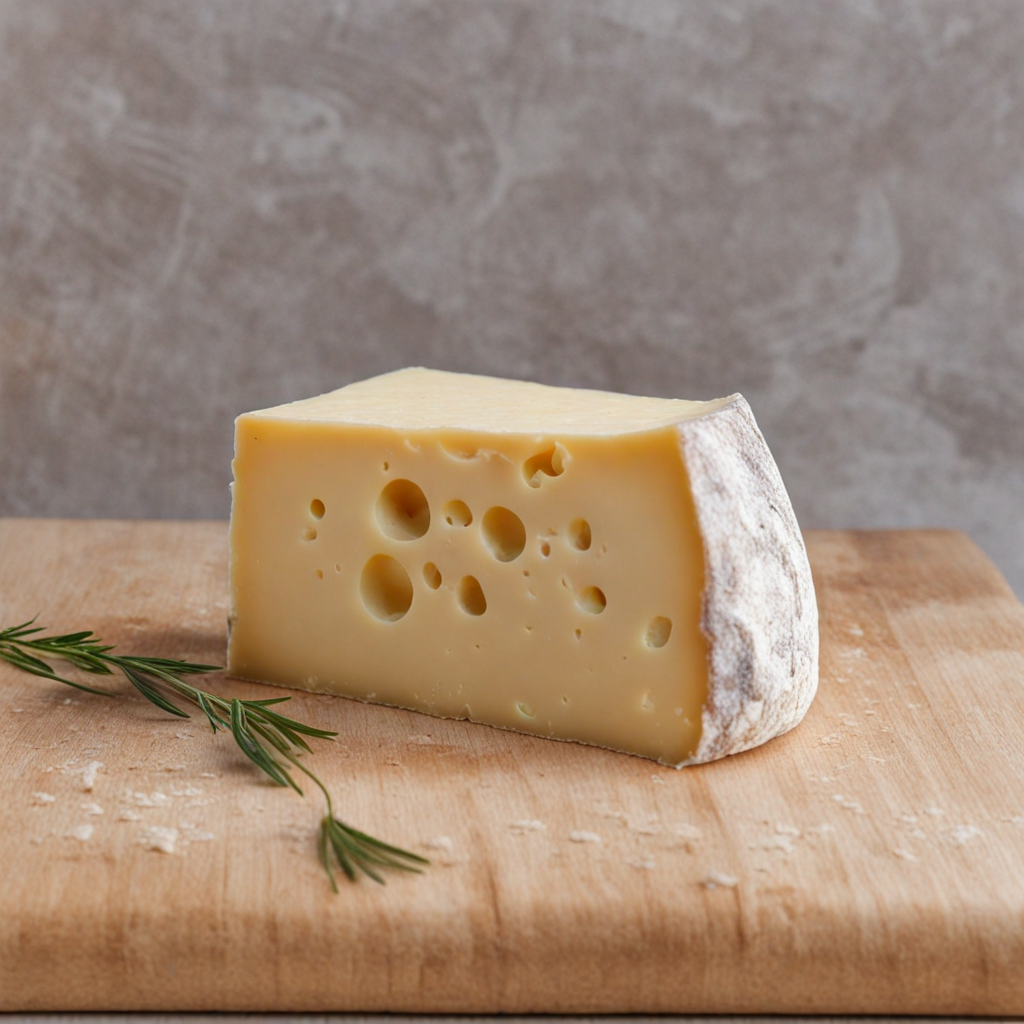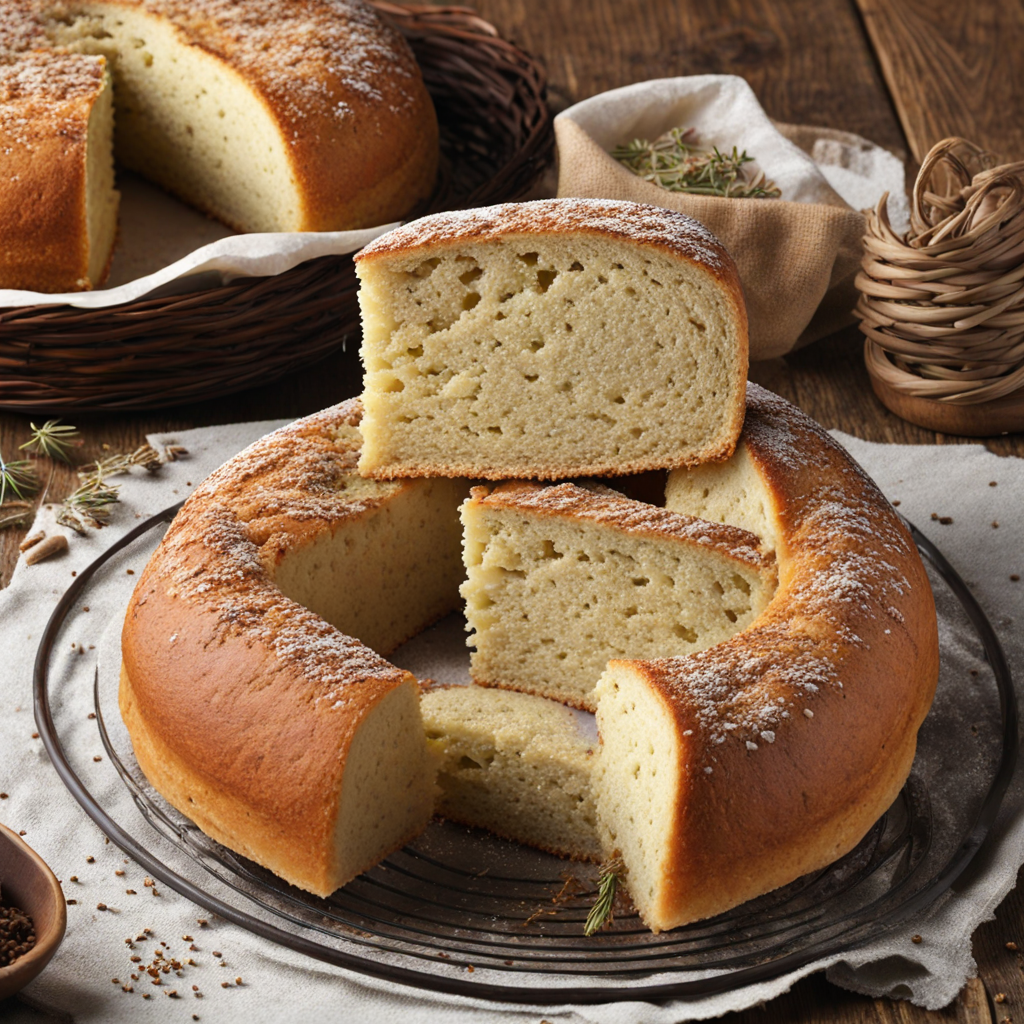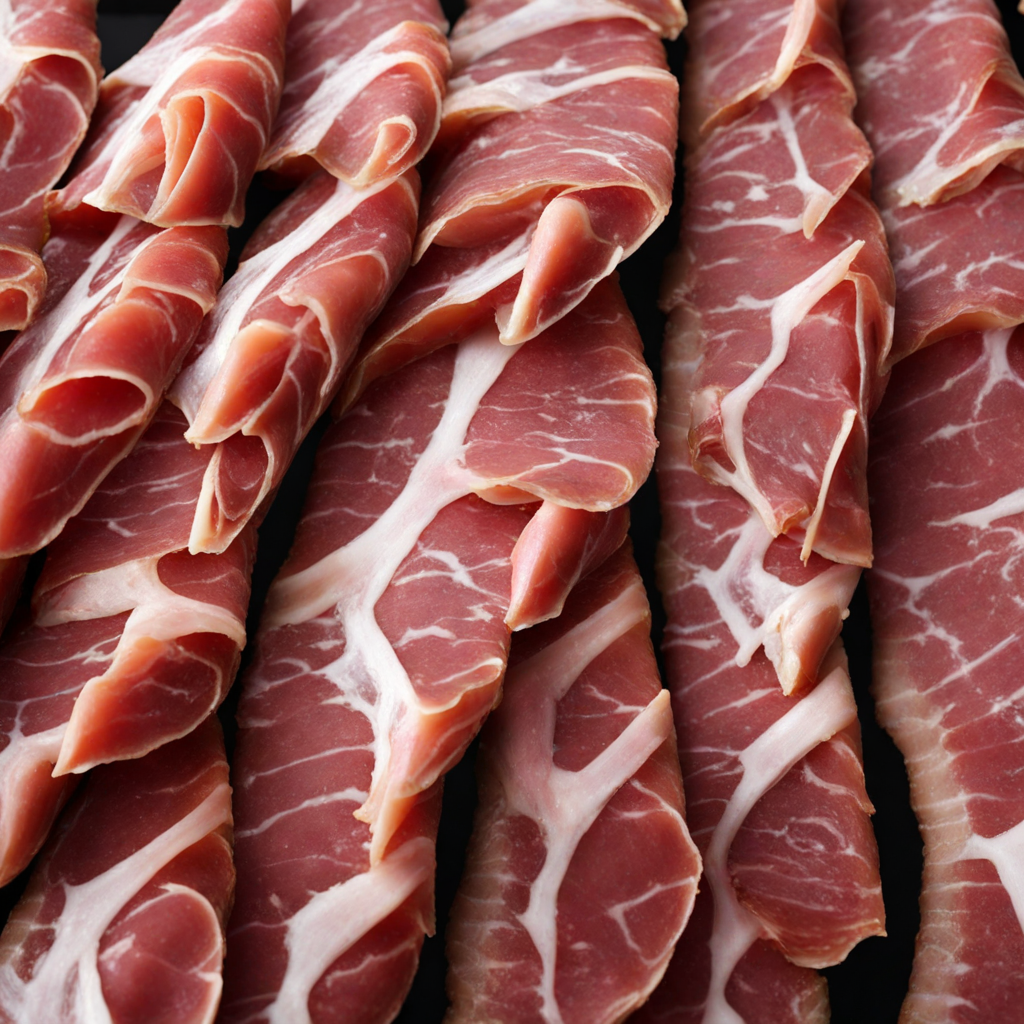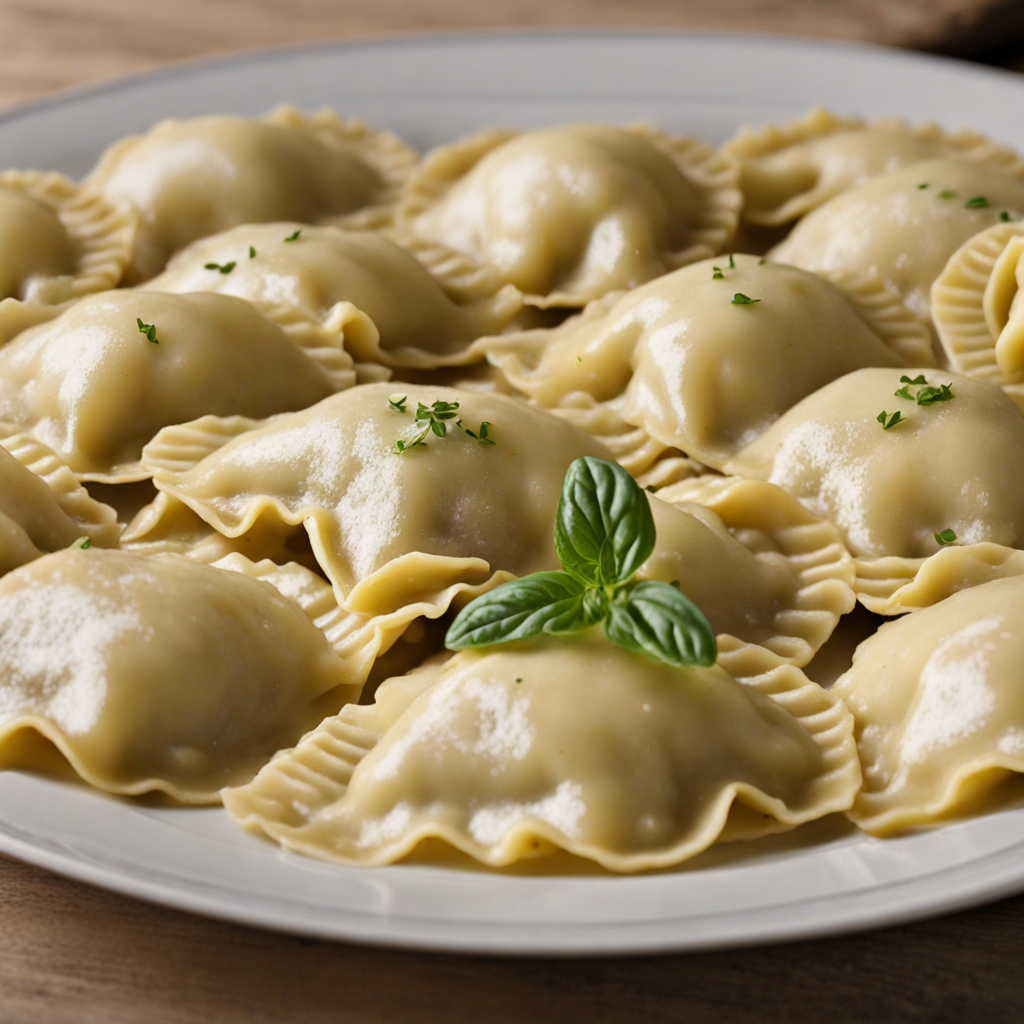Slovenian Cheesecake
Slovenian Cheesecake, known locally as "Prekmurska gibanica," is a delightful dessert that embodies the rich culinary traditions of Slovenia. This layered cake is a harmonious blend of flavors and textures, featuring a crispy pastry base topped with a combination of cottage cheese, poppy seeds, walnuts, and apples. The use of fresh, local ingredients is essential, giving the cheesecake a unique and wholesome taste that reflects the region's agricultural bounty. Each layer is distinct yet complements the others, creating a symphony of flavors that is both comforting and indulgent. The cottage cheese layer is creamy and slightly tangy, which contrasts beautifully with the nutty, earthy tones of the poppy seeds and walnuts. The apples add a sweet, fruity note that rounds out the flavors, making every bite a delightful experience. The pastry crust is light and flaky, providing a satisfying crunch that balances the creaminess of the filling. The cake is often dusted with powdered sugar, giving it an elegant finishing touch that invites you to savor its beauty before diving in. Traditionally served at celebrations and gatherings, Slovenian Cheesecake is not just a dessert; it’s a slice of Slovenian heritage. Each family may have its own variation or secret ingredient, adding a personal touch to this beloved dish. Whether enjoyed with a cup of coffee or as a sweet ending to a meal, Slovenian Cheesecake promises to transport your taste buds to the heart of Slovenia, making it a must-try for anyone looking to explore new culinary horizons.
How It Became This Dish
The History of Slovenski Cheesecake: A Culinary Journey Through Slovenia Slovenia, a small but picturesque country in Central Europe, is often overshadowed by its more prominent neighbors. However, its culinary traditions are rich, diverse, and reflective of its unique cultural tapestry. Among its many delightful offerings, Slovenski cheesecake stands out as a cherished dessert that embodies the spirit of Slovene hospitality and creativity in the kitchen. #### Origins of Slovenski Cheesecake The origins of Slovenski cheesecake can be traced back to the broader tradition of cheesecakes across Europe. The concept of combining cheese with sweet ingredients is not unique to Slovenia; variations can be found in Italy with the famous ricotta cheesecake, in Germany with Käsekuchen, and in Greece with the beloved cheesecake made from fresh goat cheese. However, Slovenski cheesecake has its roots deeply embedded in local practices and regional ingredients. The primary cheese used in Slovenski cheesecake is *skuta*, a type of fresh cheese similar to ricotta. Skuta has been a staple in Slovenian households for centuries, often made from cow, sheep, or goat milk. The tradition of cheese-making dates back to ancient times when pastoral communities roamed the hilly terrains of Slovenia, leveraging the rich pastures for their livestock. The cheesemaking process was not only a means of preservation but also a way to create a variety of dishes that showcased local ingredients. The first documented recipes for cheesecake in Slovenia appeared in cookbooks in the 19th century, coinciding with a growing interest in culinary arts and gastronomy. These recipes highlighted the use of skuta combined with ingredients like eggs, sugar, and vanilla, which were accessible to many households. The simplicity of the ingredients reflects the agrarian lifestyle of Slovenians, who relied on homegrown produce and dairy products. #### Cultural Significance Slovenski cheesecake is more than just a dessert; it is a symbol of Slovenian culture and tradition. In Slovenia, food plays a crucial role in family gatherings, celebrations, and community events. Cheesecake is often served during festive occasions, such as weddings, birthdays, and national holidays, where it is a staple on dessert tables. Its creamy texture and rich flavor provide comfort and joy, making it a beloved treat that brings people together. The preparation of Slovenski cheesecake is often a communal affair, with families coming together to create the dish. Grandmothers pass down recipes to their grandchildren, ensuring that the traditional methods are preserved. This intergenerational exchange not only strengthens family bonds but also fosters a sense of identity and pride in Slovenian culinary heritage. Moreover, Slovenski cheesecake reflects Slovenia's agricultural practices. The use of locally sourced ingredients showcases the country's commitment to sustainable farming and the importance of supporting local food systems. As Slovenia increasingly embraces organic farming and artisanal food production, Slovenski cheesecake has become a symbol of the slow food movement, emphasizing quality over quantity and traditional methods over mass production. #### Development Over Time As Slovenia has evolved, so too has the Slovenski cheesecake. The 20th century brought about significant changes in the culinary landscape, influenced by global trends and the movement of people. After World War II, Slovenia experienced a wave of modernization that impacted food production and consumption. Traditional dishes began to adapt to contemporary tastes, and Slovenski cheesecake was no exception. The basic recipe for Slovenski cheesecake remained largely unchanged, but variations began to emerge. Bakers and home cooks started experimenting with flavors, incorporating seasonal fruits like blueberries, cherries, and apples into the cheesecake. These additions not only enhanced the flavor profile but also celebrated Slovenia's bountiful nature, with its lush orchards and fertile fields. This adaptability is a testament to the creativity and resourcefulness of Slovenians, who embrace both tradition and innovation. In recent years, there has been a renaissance in Slovenian cuisine, spurred by a growing interest in regional and traditional foods. Chefs and food enthusiasts have taken notice of Slovenski cheesecake, often reinterpreting it in modern culinary contexts. Some have introduced techniques from other culinary traditions, such as the use of a biscuit base or the incorporation of exotic flavors like lavender or citrus. This fusion has contributed to the cheesecake's resurgence in popularity, both in Slovenia and abroad. Additionally, the rise of food tourism has brought international attention to Slovenian cuisine. Visitors to Slovenia often seek out authentic culinary experiences, and Slovenski cheesecake has become a highlight of many food tours. Local bakeries and restaurants proudly feature the dessert on their menus, showcasing its rich history and cultural significance. This exposure has led to a greater appreciation for Slovenski cheesecake beyond its borders, as more people discover the unique flavors and stories behind this delightful treat. #### Conclusion Slovenski cheesecake is a remarkable culinary creation that encapsulates the essence of Slovenia's rich cultural heritage and agricultural bounty. From its origins in ancient cheesemaking traditions to its modern interpretations, this dessert tells a story of community, tradition, and adaptation. It serves as a reminder of the importance of food in fostering connections and preserving cultural identities. As Slovenia continues to embrace its culinary legacy while adapting to contemporary trends, Slovenski cheesecake remains a beloved staple, celebrated for its simplicity and depth of flavor. It is more than just a dessert; it is a symbol of Slovene pride, a testament to the country's history, and a sweet reminder of the bonds that unite us around the table. Whether enjoyed in a rustic farmhouse or a trendy café, Slovenski cheesecake will always hold a special place in the hearts of those who savor its creamy goodness, ensuring that this culinary gem continues to be cherished for generations to come.
You may like
Discover local flavors from Slovenia


